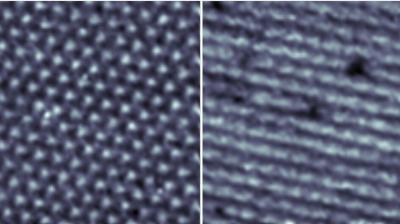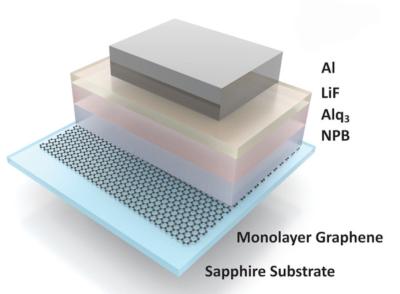Researchers point to moiré nematic phase in twisted double bilayer graphene
Researchers from Columbia University, Harvard University, RWTH Aachen University, University of Innsbruck, Drexel University, National Institute for Materials Science in Japan, University of Minnesota and others have studied twisted double sheets of bilayer graphene and have found an electronic nematic phase.

First described in another state of matter called a liquid crystal, a nematic phase occurs when particles in a material break an otherwise symmetrical structure and come to loosely orient with one another along the same axis. This phenomenon is the basis of the LCD display commonly used in televisions and computer monitors. In an electronic nematic phase, the particles in question are electrons, whose behavior and arrangement in a material can influence how well that material will conduct an electrical current in different directions.

